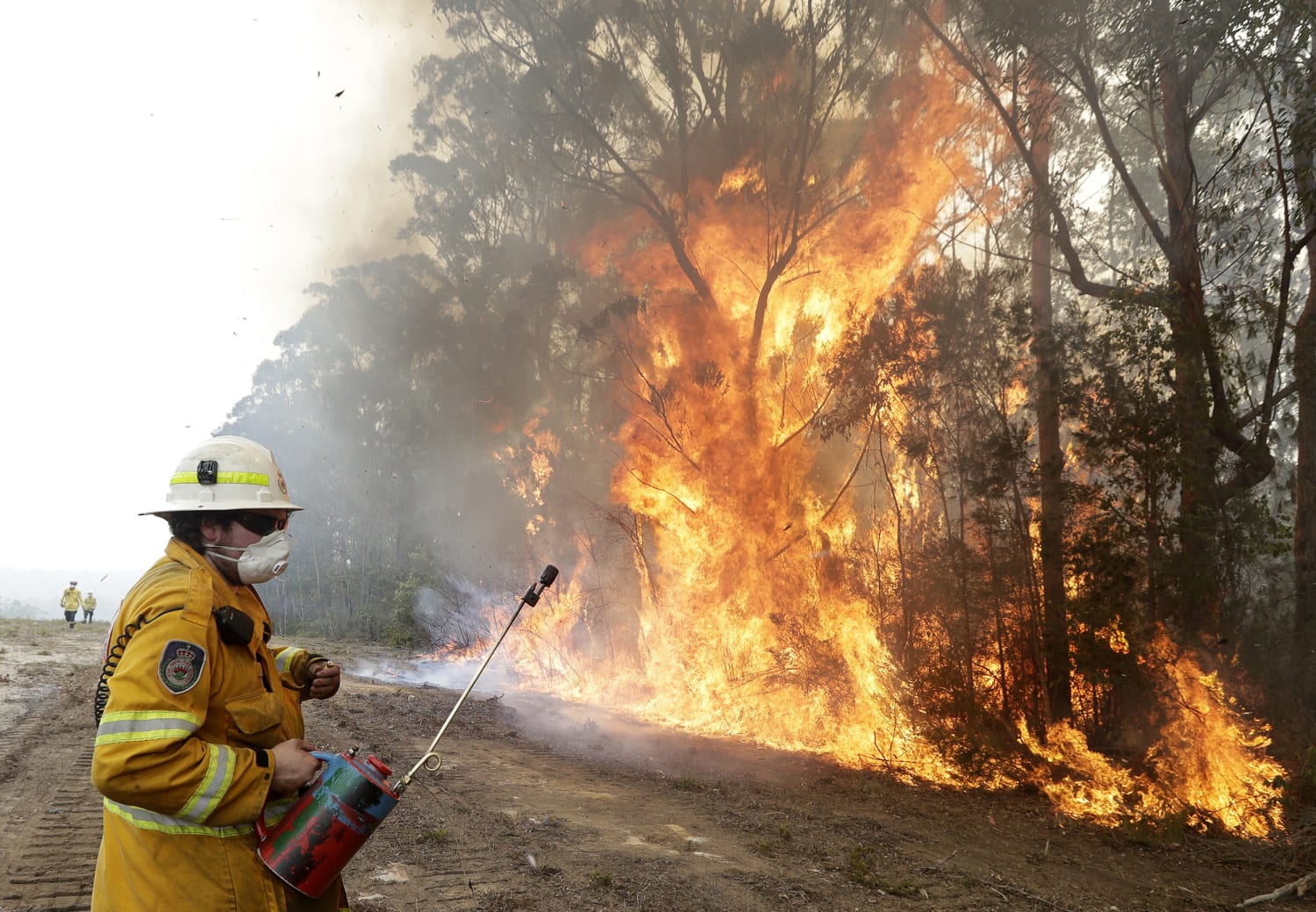When Scott Morrison won Australia’s federal election in 2019, it seemed like the country would never emerge from the climate wars that had begun a decade earlier.
Morrison took the prime ministership late in 2018 after conservatives in the ruling Liberal-National Coalition deposed Malcolm Turnbull, in part, for his attempt to reduce greenhouse gas emissions in Australia’s energy sector.
After taking the top job, Morrison weaponized climate action, falsely branding a fair policy by the Labor opposition to impose new vehicle emissions standards as a “war on the weekend”. While electric vehicles are largely uncontroversial in Britain and other countries, Morrison’s stylized “war” was potent hyper-partisan politicking in a sprawling continent where electric cars are viewed through a prism of range anxiety.
When he won in 2019, Morrison, a pentecostal Christian, characterized his victory as a “miracle”.
But the victory ultimately triggered a fundamental realignment in the Australian electorate. The harbinger of that realignment was Tony Abbott – the arch-conservative who once compared reducing carbon emissions to primitive people killing goats to appease the volcano gods – losing his blue-ribbon northern Sydney seat in the 2019 contest.
The Coalition had perfected a formula of weaponizing climate action effectively in Australia’s regions and outer suburbs. But while Labor was routed in that territory, center-right progressive voters in capital cities were becoming frustrated with Morrison and the Coalition’s failure to get serious about the existential problem of global heating.
Electoral pressure began to mount on moderate Liberals in Australia’s cities. That pressure translated into a lobbying campaign by many government MPs to convince Morrison to adopt a target of net zero by 2050. Morrison was also under pressure from key allies, including Boris Johnson and Joe Biden, to make that mid-century commitment at the Glasgow climate conference in 2021.
Morrison signed up to the 2050 target, but the Liberal’s junior partner in the Coalition, the National party, refused to allow him to increase Australia’s medium-term emissions reduction target – a weak target that had attracted significant international criticism. Morrison declined to produce credible policy mechanisms to reduce emissions in a half-pregnant pivot.
Morrison – a master of soundbite politics – had hoped to neutralize the growing city-based disaffection with slogans. The Coalition would transition to low emissions with technology, not taxes.

But his failure to repent for past reckless behavior infuriated many voters. In Saturday’s election, those voters parted ways with Morrison’s government, voting for a swathe of climate-focused independents in Liberal-held seats.
Understanding he was facing a “teal wave” (the new independents styled themselves in teal, adding a tinge of green to the Liberal party’s traditional blue), Morrison attempted to emulate an Australian version of Boris Johnson’s “red wall” strategy.
During this year’s contest, Morrison pursued Labor seats in the outer suburbs and regions, hoping gains would offset a loss of six seats. But the strategy backfired. The government lost the six cores. Several city electorates besides – and Labor will return to power in Australia for the first time in nearly a decade with a comprehensive electoral mandate to end the climate wars.
The National party held its seats but suffered negative swings in coal country in Queensland and failed to pick up a Labor-held coal seat in the New South Wales Hunter Valley that it had poured resources into. After two climate-focused independents ran creditable campaigns in regional Australia, two safe National party seats have been rendered marginal.
The Coalition is shellshocked by the size and speed of Saturday’s electoral rout. The Liberal party will enter a period of soul-searching as moderates and rightwingers jostle about what lessons the party should learn from the visceral rebuff. Should the Liberal party seek to represent urban professionals, or should that constituency be left to Labor, Greens, and the teal disrupters?
As well as the backlash about climate action, Morrison also managed to alienate professional women with his inept handling of a cultural reckoning triggered by explosive allegations about the rape of a young Liberal staffer in the office of a junior defense minister in 2019.
While the Liberal and National parties engage in soul-searching, Labor is returning to government in Canberra. Anthony Albanese, an urban progressive from inner-city Sydney, will lead the new Labor government. Albanese will be in Tokyo by Tuesday for his first meeting with Biden and the leaders of Japan and India.
The Labor leader is a parliamentary veteran. He was a senior minister in the last Labor government helmed by Kevin Rudd and Julia Gillard. He was chief parliamentary tactician during the 43rd parliament, where Gillard lacked a working majority in either the House of Representatives or the Senate.
He is a leftwinger who grew up with a single mother in council housing. He’s an inclusive figure who values empathy in his leadership style but is wary of being typecast as a firebrand; he also speaks the language of aspiration and opportunity.
He comes to power in challenging times. Inflation and interest rates are rising, and Australians are battling high petrol prices. Housing in the major cities has become unaffordable for young Australians.
Australians have voted overwhelmingly for change, and Albanese comes to the government with a progressive agenda. But in Australia, like the rest of the world – events define prime ministers as much as their policy wish lists.











